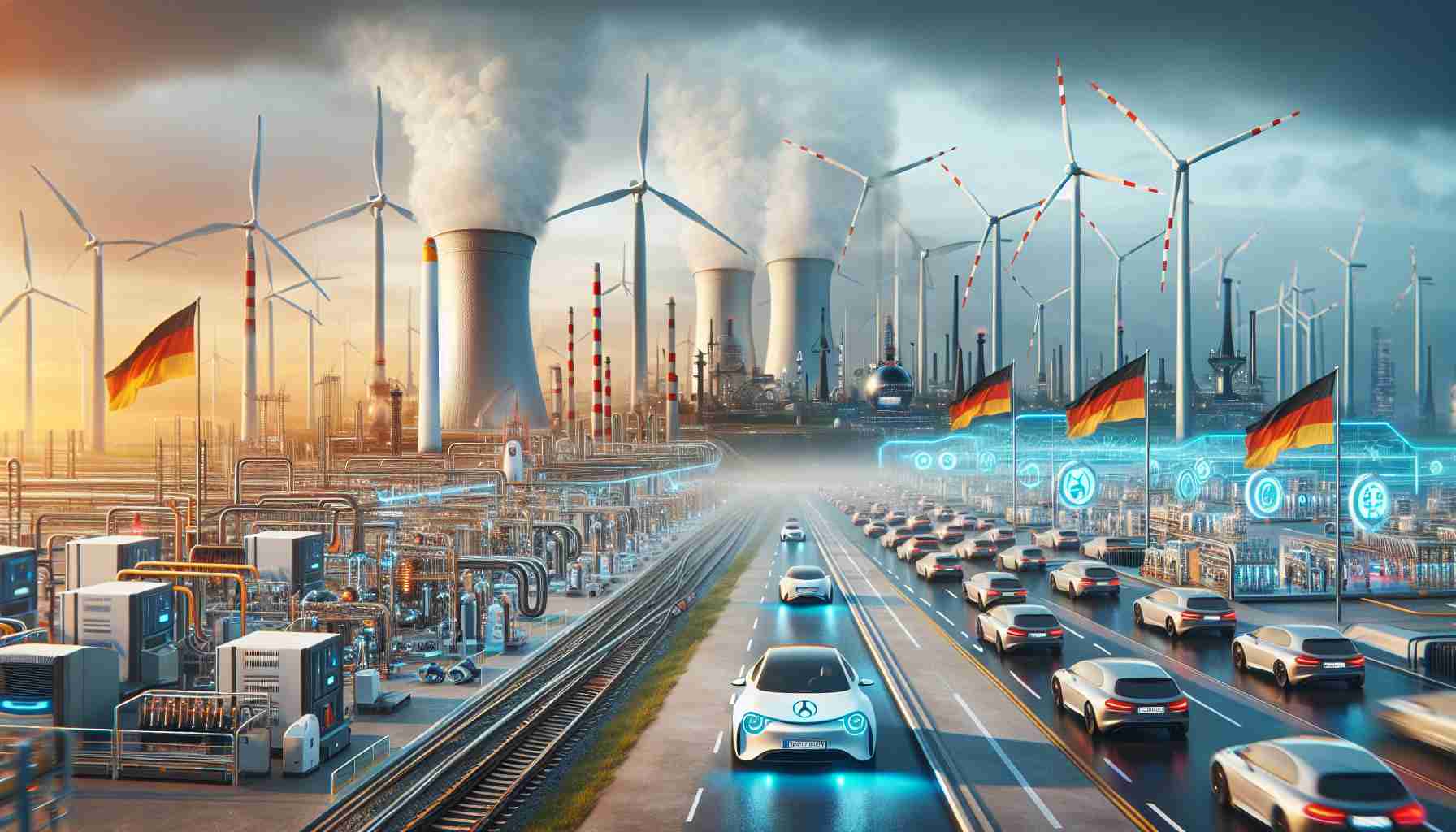
Rethinking Green Energy Imports
Recent research casts doubt on Germany’s plans for extensive green hydrogen imports. Experts from the Ariadne research alliance have indicated that relying heavily on ship-borne hydrogen would be both costly and inefficient. The transformation of the steel and chemical industries in Germany cannot sustainably depend on imported hydrogen due to significant energy losses during transport.
A critical issue highlighted is the higher cost of producing green electricity and hydrogen in Germany compared to countries with better renewable energy resources. This disparity could lead to a shift in energy-intensive production abroad, as companies seek more cost-effective alternatives.
Furthermore, the complexities of transporting green hydrogen make it an impractical replacement for current fossil fuel imports. Researchers emphasize that expected hydrogen imports may not materialize in sufficient quantities, urging a focus on bolstering domestic production capabilities.
Germany’s ambitious National Hydrogen Strategy envisions hydrogen to be a cornerstone for decarbonizing industry by 2030, yet uncertainty looms over its execution. The researchers suggest a strategic approach, where Germany imports energy-intensive primary products while maintaining its downstream processing sectors to preserve jobs and economic value.
As challenges continue, experts advocate for “friendshoring” with neighboring European markets that have greater renewable energy availability. This shift could mitigate costs, enhance supply security, and ensure the competitiveness of Germany’s manufacturing industries in the future. The call for a comprehensive strategy underscores the importance of strategic planning in facing these transformative changes.
Germany’s Green Hydrogen Dilemma: Rethinking Energy Imports for a Sustainable Future
Rethinking Green Energy Imports
Germany’s aspirations for establishing a robust green hydrogen economy are facing significant hurdles, as new insights challenge the feasibility of heavy reliance on hydrogen imports. Experts from the Ariadne research alliance have presented a critical analysis, highlighting that shipping hydrogen can be both cost-prohibitive and energetically inefficient. This raises questions about the long-term viability of using imported hydrogen to transform Germany’s steel and chemical industries sustainably.
One of the central issues is the high cost associated with producing green electricity and hydrogen domestically. Compared to countries with superior renewable energy sources, such as those in North Africa and the Middle East, Germany finds itself at a disadvantage. This could prompt a relocation of energy-intensive industries to regions with more affordable production capabilities, jeopardizing Germany’s position in global manufacturing.
Limitations and Challenges
The transportation of green hydrogen comes with inherent complications, making it a less practical alternative to existing fossil fuel imports. The potential shortfall in hydrogen import quantities poses a significant concern; researchers argue that this scenario calls for enhanced focus on domestic production strategies instead of over-reliance on external sources.
In light of these challenges, the National Hydrogen Strategy aims to position hydrogen as a fundamental component for industrial decarbonization by 2030. However, given the complexities involved, experts recommend a more strategic approach. Concentrating efforts on importing energy-intensive primary products while developing domestic downstream processing could help safeguard jobs and maintain economic value.
Strategic Alternatives and Market Insights
To navigate the turbulent waters of energy transition, industry experts promote the idea of “friendshoring” with nearby European nations that possess stronger renewable energy resources. This tactical move could lead to reduced costs, improved supply security, and the enhancement of competitiveness for German manufacturing sectors.
The focus on enhancing homegrown hydrogen production capabilities, along with forming strategic partnerships across Europe, shines a light on the necessity for comprehensive energy planning. As Germany seeks to decarbonize its industries, the potential for sustainable cooperation with neighboring countries could redefine the landscape of energy imports.
Future Predictions and Trends
As Germany continues its journey toward a green energy future, several trends may emerge:
– Increased Investment in Renewable Technologies: There is likely to be a surge in investments directed towards improving renewable energy generation within Germany to decrease dependency on imports.
– Technological Innovations: Advancements in hydrogen production and storage technologies may help improve the efficiency and cost-effectiveness of green hydrogen.
– Policy Reforms: The German government may introduce new policies to incentivize local green hydrogen production and support industries in transitioning to renewable energy sources.
– Global Green Hydrogen Market Dynamics: Changes in the global market could influence the price and availability of green hydrogen, pushing countries to reassess their energy strategies regularly.
In summary, while Germany’s ambitious green hydrogen plans present numerous opportunities, they necessitate careful consideration of practical limitations and market dynamics to ensure a sustainable and competitive energy future.
For more insights on renewable energy trends, visit Renewable Energy World.



